Your cart is currently empty!
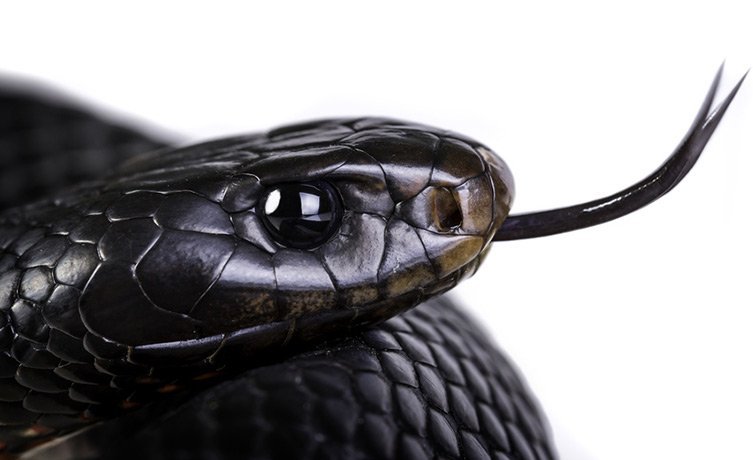
Snake bites on dogs: Keeping your best friend safe
Estimates vary widely, from 6,500-60,000 per year, but when it comes to snake bites on dogs, two facts are indisputable. Australia is home to ten of the world’s most poisonous snakes and snake bite is the most common cause of violent death for Australian dogs, second only to road trauma. Dogs, being the curious, happy-go-lucky souls that they are and armed with a natural hunting instinct, may try to harass and/or play with the snake, imperilling themselves even more.
Snake bites, particularly when the dog is bitten by the brown snake, seem to be more and more common. Factors may range from climate change and longer, warmer summers to construction around urban and suburban areas that stir up snakes. Also, more people see their pets as family members and are reporting and seeking veterinary help for the bites.
Snake bites on dogs: Know your enemy
The song lyrics “know your enemy” particularly apply here. According to the journal The Veterinarian, some 76 percent of domestic animal bites come from the brown snake, resulting in the majority of snake bites on dogs. Another 13 percent were from tiger snakes mostly found in southern Australia, Victoria and Tasmania. Fortunately for your dog, the most venomous, the small-scaled or fierce snake, is restricted to a small area on the Queensland/ Northern Territory border.
Certain snakes are indigenous to particular regions; for example, the most common snake bites on dogs occurring in Victoria and South Australia are from the tiger, brown, black, red-bellied black and copperhead while in the southeastern area of Queensland, your dog is likely to encounter the brown and red-bellied black snakes and occasionally the death adder and small-eyed snake. The tiger snake and brown snake account for the majority of bites in domestic pets around Perth. In Tamworth and Ballarat it once again the ubiquitous brown snake bites on dogs; Tamworth pets also occasionally see black snake bites, while Delacombe and Alfredton in Ballarat also report tiger snake bites as well.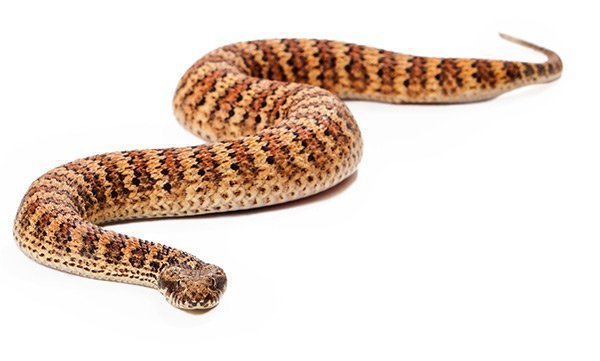
The Veterinarian study found that 78 percent of snake bites on dogs take place in rural areas, with the remaining in urban locations. In Melbourne, many attacks happen along the urban fringe in new suburbs, especially near waterways, while in Perth they are scattered across the suburbs. Similarly in Melbourne snakes are most likely to be located in areas close to permanent water sources.
Their venom appears to be most poisonous early in the spring. At this time of year, when many snakes first emerge from hibernation or a less active state, even city pets can have encounters in local parks, particularly those near bodies of water such as lakes and beaches as well as the bush, in sheds or areas of construction. As they are more likely to be on the move, snakes can also venture into backyards. Dr. Robert Johnson, president of the Australian Veterinary Association (AVA), said that snakes tend to be liveliest at the end of the day. “Snake bites tend to occur in the late afternoon or early evening, however, people [should] remain vigilant.” Although snakes may settle in as the season progresses, most snake bites on dogs do occur during the summer months.
Experts are also sinking their teeth into scientific data on snake habits, including snakebite locations; how snakes are affected by the weather, human activity and topography; and which breeds of dog are more prone to have close encounters of the snake kind. Initiated in 2016, the University of Melbourne’s SnakeMap Project tracks veterinary-provided information throughout Australia — when and where pets are bitten, how they were treated and recovery statistics. “Our ultimate aim is to make SnakeMap available to the public so they can have timely, accurate information about…snake species active in their area” explains project co-creator Dr. Kylie Kelers.
According to SnakeMap, one in every four dogs bitten by a snake was a Staffordshire Bull Terrier, and one in ten a Jack Russell Terrier. Thirty-eight other breeds and mixed breeds were also recorded. Working and farm dogs are also vulnerable, mostly because they are inquisitive and have their noses to the ground, so to speak.
Wrong Place, Wrong Time
When a snake bites your dog or even if you suspect same, it’s important to act fast. The scary thing is you may not even realise that your dog has been bitten by a brown or other snakes as puncture wounds may not be visible. Many dogs, particularly terriers, kelpies and the like, are bitten around the mouth and face. Pay particular attention to the lips, as snakes can actually strike a dog inside the mouth. Others may have bites in their limbs or paws.
So along with knowing the following snake bite symptoms in dogs, carefully examine your pet. Signs include:
- Sudden weakness followed by collapse
- Bleeding puncture wound
- Swelling in the bitten area
- Pain and discomfort
- Neurological signs such as twitching, drooling and shaking
- Vomiting
- Loss of bladder and bowel control
- Dilated pupils
- Paralysis
Source: Australian Veterinary Association (AVA)
There is no arbitrary timeline for snake bite symptoms in dogs. Variables depend on the size, age and general condition of the dog, the breed and size of the snake as well as the number of bites and amount of venom taken in by the dog.
However, dogs commonly show pre-paralytic signs, including:
- Temporary collapse
- Vomiting
- Salivation
- Lethargy
These may be may be followed by a seemingly spontaneous recovery. Experts warn not to take these snake bite symptoms in dogs as an indication that the dog is better. More likely, it means that your dog may have received a lethal dose of venom. The venom will eventually attack and shut down the body’s systems, often resulting in death.
“The single most important factor in determining whether or not treatment will be successful is the time that elapses between the detection of the bite and getting the dog to a vet,” says dogslife.com. “If you suspect your dog has been bitten, do not wait for it to develop the [symptoms]. Take your dog straight to a veterinary surgery for emergency treatment” where anti-venom and other lifesaving measures can be administered.
Oh no my dog’s been bitten by a snake!.. Now What?
First, if a snake bites your dog, remain calm and keep your pet as still as possible, applying a pressure bandage over and around the bite site. The latter will help slow the spread of venom to the heart. Other homemade treatments may include administering cold packs, ice, tourniquets, alcohol and/or Vitamin C; bleeding the wound, and trying to suck out venom. However, these should never take the place of nor interfere with immediately getting the animal to the veterinarian.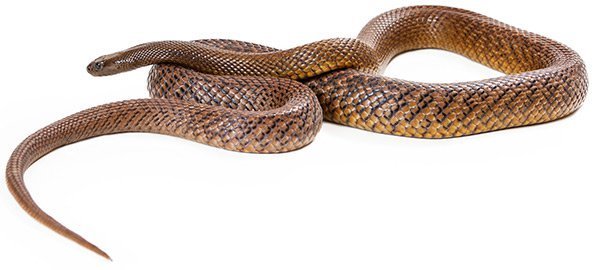 The faster your dog gets anti-venom, the better the chances for recovery. Prognoses can range from good to extremely guarded depending on the speed of treatment and the amount of venom taken in by the dog, according to the Animal Emergency Centre (AEC). “With anti-venom…75 per cent of dogs survived, whereas only 31 per cent of [untreated] dogs survived.”
The faster your dog gets anti-venom, the better the chances for recovery. Prognoses can range from good to extremely guarded depending on the speed of treatment and the amount of venom taken in by the dog, according to the Animal Emergency Centre (AEC). “With anti-venom…75 per cent of dogs survived, whereas only 31 per cent of [untreated] dogs survived.”
While it’s helpful to know the type of snake that’s bitten your dog, because different anti-venoms are administered for different species, it’s not always practical. The best you can do is be familiar with the snakes in your area and be observant. Never attempt to track or handle the snake. In addition to putting yourself and others at risk, snakes are a protected species and should not be interfered with.
When you arrive at the vet, your dog may be given a series of tests, including a snake venom detection kit. If there is no clear evidence of the species of the snake involved, vets will administer anti-venom for the snake most commonly found in that area. For example, Tasmania will use tiger snake anti-venom; in Victoria, a combination of brown and tiger snake anti-venom. “In other states, if the species of the snake is not known, they will apply a polyvalent anti-venom,” says dogslife.com
Your dog will also likely be hospitalised and may also receive one or more of the following:
- Intravenous fluids
- Pain relief medications
- Antihistamines
- Adrenaline
- Respiratory support
- Antibiotics (to avoid secondary infections)
Depending on the severity and potency of the bite and type of venom, some patients may require multiple vials of anti-venom.
With prompt treatment of snakebite symptoms in dogs, your pet will likely recover within 1-2 days. However, hospitalisation may be as long as a week in acute cases, with an additional 2-3 weeks of recuperation time at home. Due to muscle damage resulting from the effects of the venom, severely bitten animals may take longer to return to full health.
Snake bites on dogs can be expensive. Estimates range from $250-$700 per dose of anti-venom and a minimum of $1500 for a hospital stay.
Prevention: The Best Cure
But there’s good news as well. Most snake bites on dogs can be avoided and can be as simple as keeping your dog on a leash and staying on an open path whenever you take walks, even if you live in the city. Make sure your dog stays away from holes, high grass and rocks where snakes can reside.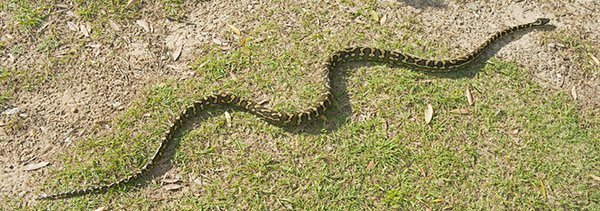
Never let a pet examine a dead snake. Dead snakes have venomous fangs, so if you do handle it for identification purposes always use gloves.
You can also take certain precautions in keeping snakes away from your property:
- Keep the grass cut short around your home, clearing brush, flowers and shrubs from walkways
- Keep the yard tidy by removing undergrowth, filling holes in the ground, mowing the lawn, and clearing away toys and tools which make great hiding places for snakes.
- Along with cleaning up spilt food or bird seed, remove clutter from your garage and shed to avoid attracting mice or rats, a snake’s favourite food.
- Piles of wood – another snake/rat hunting ground – should also be stored away from the house
- If you have a fence, dig it a foot into the ground to further repel snakes
The Bird Gard solar snake repeller is another easy, safe and reasonably-priced solution in preventing snake bites on dogs. Using solar energy with a backup battery, it produces a variety of sounds threatening to all types of snakes. Unlike other snake repellers which make a single monotonous sound, the Bird Gard model has two random vibration modes, resulting in a five-day cycle of distinctly different noise patterns. This takes and keeps snakes off guard and consistently away. In addition to the garden, Bird Gard repellers can also be placed near clotheslines and play areas and on property boundaries or creek lines.
If you and your dog do encounter a snake, brown or otherwise, consider these tips:
- Most snakes can strike a distance of half their body length – a 3-metre snake will, say, cover a radius of 1.5 metres. This should allow ample opportunity to make a quiet and calm retreat.
- Give the snake time to slither away, then slowly back away. Snakes are just as frightened of you and your dog as you are of them.
For total peace of mind, the Bird Gard snake repeller will keep you and your four-legged family member safe from snake bites, no matter what the species or breed.
Top Ten Least Wanted List: Poisonous Snakes and Where They Live
- Eastern Brown Snake (Pseudonaja textilis) AKA common brown snake Found throughout the eastern half of mainland Australia
- Western Brown Snake (Pseudonaja mengdeni) AKA gwardar Widespread over most of mainland Australia – absent only from the wetter fringes of eastern Australia and southwestern
- Western Australia Mainland Tiger Snake (Notechis scutatus) AKA common tiger snake Found along the south-eastern coast of Australia, from New South Wales and Victoria to Tasmania and the far corner of South Australia
- Inland Taipan (Oxyuranus microlepidotus) AKA fierce snake or small-scaled snake Found in cracks and crevices in dry rocky plains where the Queensland, South Australia, New South Wales and Northern Territory borders converge
- Coastal Taipan (Oxyuranus scutellatus) AKA eastern taipan Found in an arc along the east coast from northern New South Wales to Brisbane and northern Western Australia. They are fond of sugarcane fields.
- Mulga Snake (Pseudechis australis) AKA king brown snake Found throughout Australia, except in Victoria, Tasmania and the most southern parts of Western Australia – the widest distribution of any Australian snake
- Lowlands Copperhead (Austrelaps superbus) AKA common copperhead Found in relatively cool and cold climates in south-eastern Australia, southern Victoria, Tasmania and the islands of Bass Strait
- Small-eyed Snake (Rhinoplocephalus nigrescens) AKA eastern small-eyed snake Found in widely distributed along the east coast, from Victoria to Cape York
- Common Death Adder (Acanthophis antarcticus) AKA southern death adder Found in eastern Australia (except the far north and south), southern South Australia and Western Australia
- Red-bellied Black Snake (Pseudechis porphyriacus) AKA common black snake Distributed down the east coast (though not to Tasmania) and slightly into southeastern South Australia
Article sources:
- www.ava.com.au/node/84508
- www.australiandoglover.com/2016/01/protect-your-dog-from-snake-bites.html
- www.tamworthvet.com.au/animalcareandinformation/smallanimalcareandinformation/snakebiteindogsandcats/tabid/26298/default.aspx
- www.thecourier.com.au/story/3411982/snake-bite-warning-for-dog-owners/
- www.dogslife.com.au/dog-news/dog-health/snake-bite-in-dogs
- www.abc.net.au/news/2015-10-22/melbourne-pets-fall-victim-to-snake-bite-spike-in-warm-spring/6875998
- pursuit.unimelb.edu.au/articles/mapping-australia-s-snakebites-for-pets
- www.australiangeographic.com.au/topics/science-environment/2012/07/australias-10-most-dangerous-snakes
- www.petful.com/pet-health/what-to-do-if-your-dog-is-bitten-by-a-snake
- http://kb.rspca.org.au/my-pet-has-been-bitten-by-a-snake-what-should-i-do_444.html
-
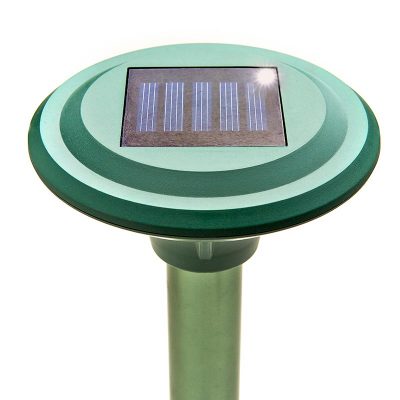 Snake Repeller$50.54 Including GST
Snake Repeller$50.54 Including GST
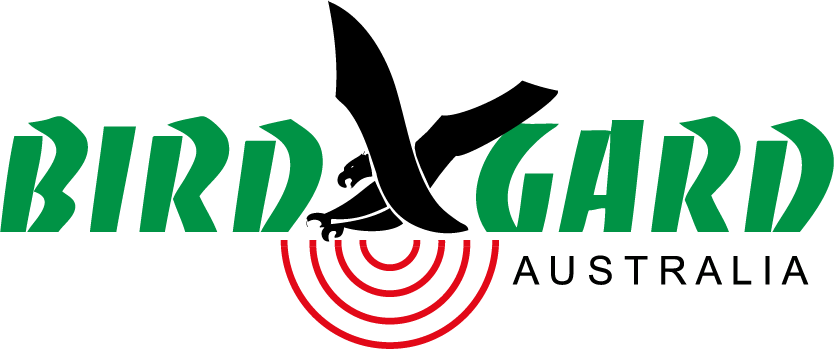
Leave a Reply